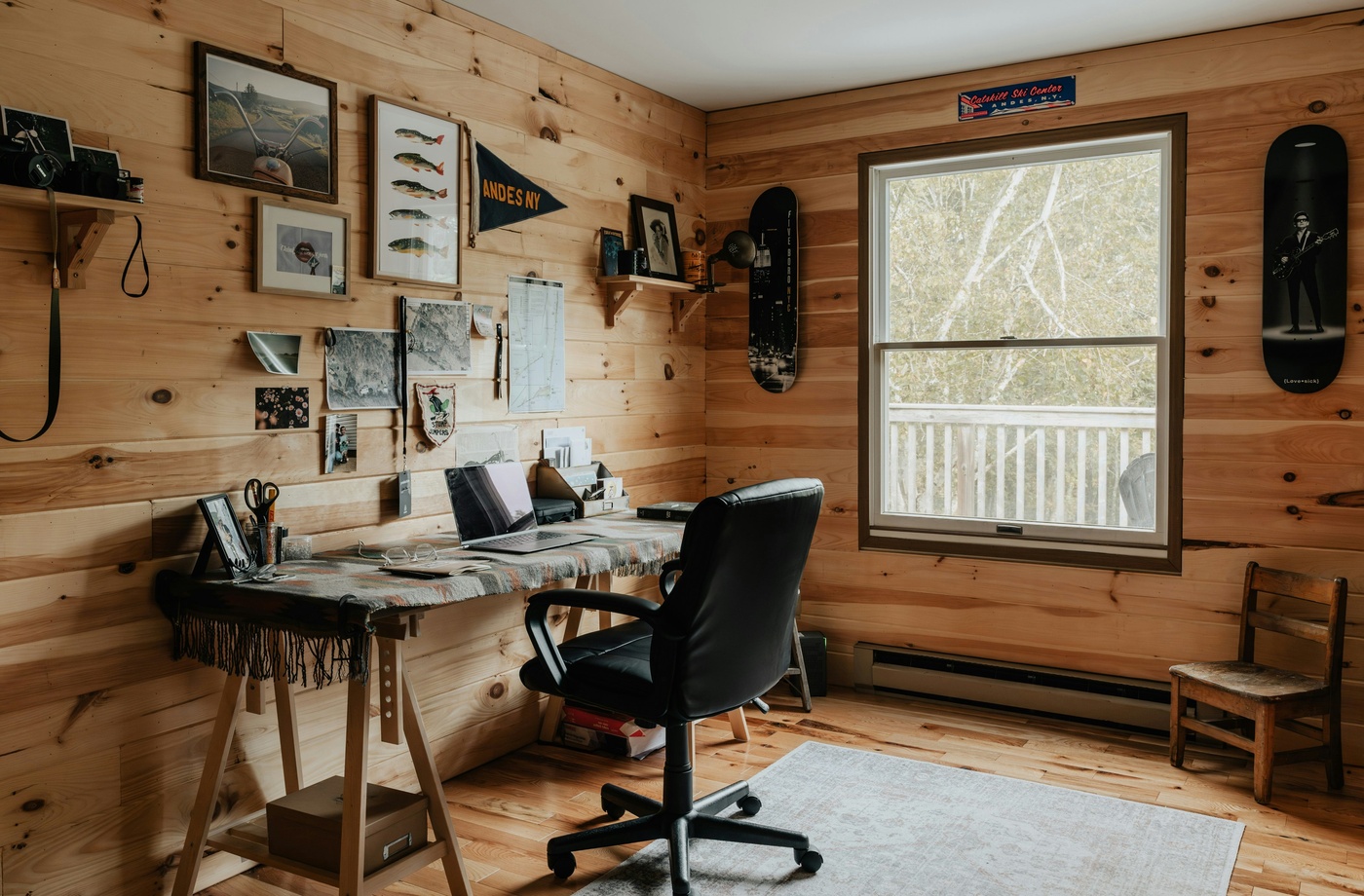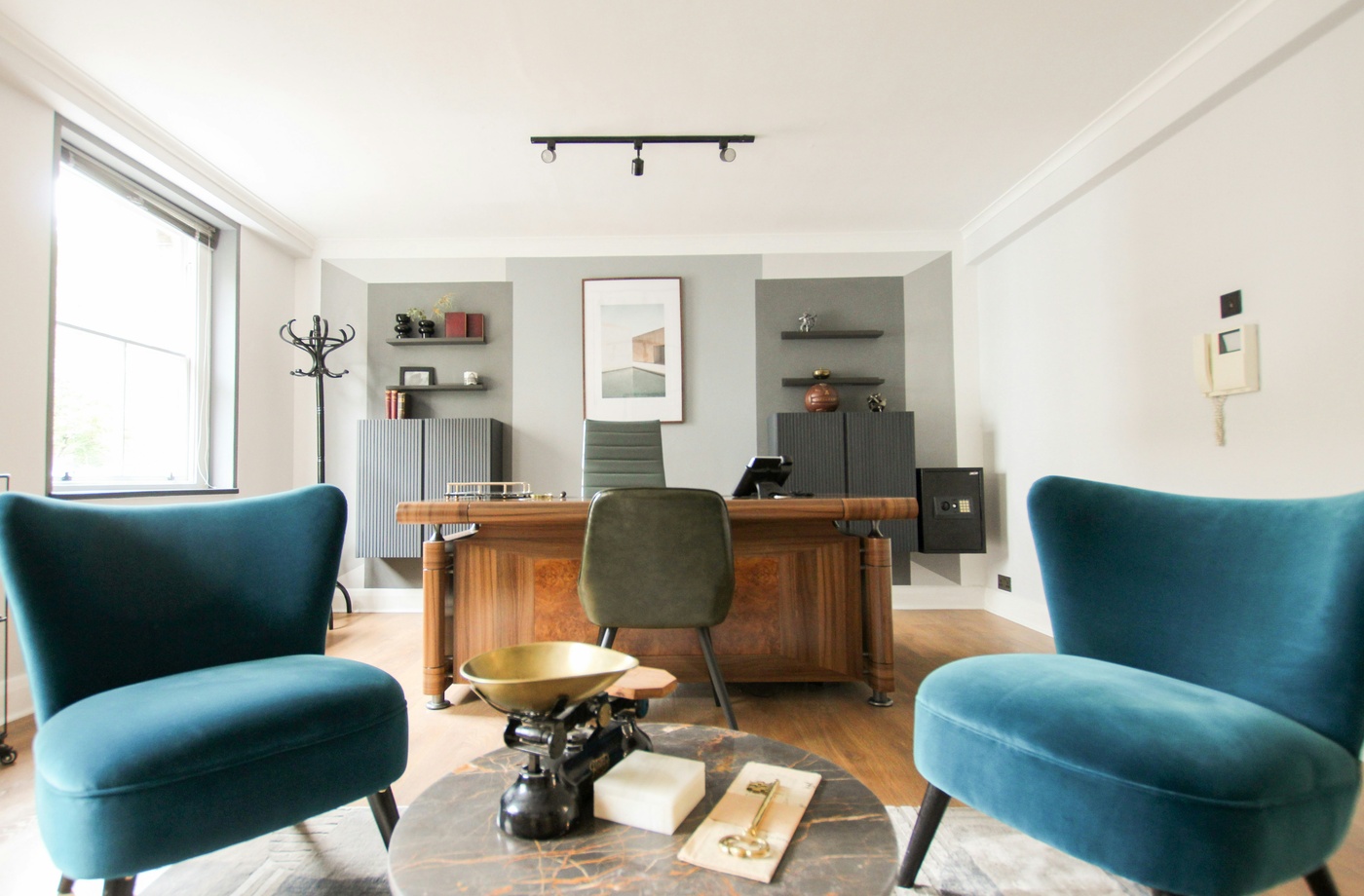A well-designed home office goes beyond just having a desk and chair. Whether you’re working remotely full-time or just need a space for after-hours productivity, setting up a functional, budget-friendly home office can greatly improve your focus and comfort. Here’s a step-by-step guide to building one that works for your needs and your wallet.
- Choose the Right Location
Pick a space with minimal distractions and good lighting. A spare bedroom, quiet corner, or even a walk-in closet can work. The goal is separation—from household noise and high-traffic areas—so you can mentally switch into “work mode.” - Start with the Essentials
You’ll need a desk, chair, and reliable internet connection. For budget buys, check Walmart, Wayfair, and IKEA. Prioritize ergonomic support with adjustable chairs and sit-stand desk options if possible. - Organize Your Tech Setup
A monitor, keyboard, and mouse can improve your posture and productivity. Use cable management clips, USB hubs, and monitor risers to keep things tidy. Best Buy and Amazon have bundles and deals that suit every tech level. - Maximize Storage Space
Even a small home office needs space to store paperwork, supplies, or accessories. Add a file cabinet, rolling cart, or under-desk drawers. Look for affordable options at Target or Home Depot. - Prioritize Lighting and Sound
A well-lit workspace reduces eye strain, while sound control—like noise-canceling headphones or sound-absorbing panels—keeps you focused. Consider natural light during the day and an LED lamp with adjustable color temperature for night. - Personalize Smartly
Add touches like a whiteboard, framed art, or indoor plants to make your space feel like your own. A little personality goes a long way toward making your office feel comfortable and inspiring. - Use Cashback Tools to Save More
Stretch your budget by using cashback platforms like Fluz. For example, you can shop discounted Office Depot gift cards or get cashback at Staples while stocking up on supplies. - Reevaluate and Adjust
Your needs may change, so keep track of what’s working and what’s not. Sometimes, the most efficient setup evolves after a few weeks of real use.



